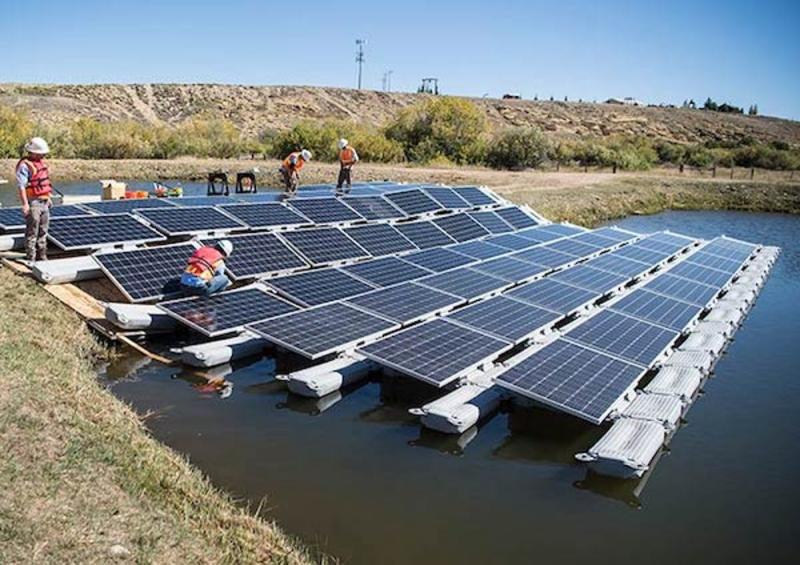Outdoor temperature can have a significant impact on the output performance of solar panels. While solar panels are designed to convert sunlight into electricity, their efficiency and power output can be influenced by temperature changes. Here’s how temperature affects solar panel performance:
- Temperature Coefficient: Solar panels have a temperature coefficient, which indicates how much their efficiency decreases as temperatures rise. Most solar panels experience a decrease in efficiency as temperature increases. This is because the semiconductor materials in the panels become less efficient at converting sunlight into electricity at higher temperatures.
- Voltage and Current: As temperature increases, the voltage output of a solar panel tends to decrease, while the current output can increase. This can affect the overall power output of the panel. The decrease in voltage might not be a problem if the system is designed to handle varying voltages, but it can impact the system’s efficiency.
- Performance Degradation: Over time, exposure to higher temperatures can contribute to long-term performance degradation of solar panels. Elevated temperatures can accelerate the wear and tear on the materials inside the panels, potentially leading to a decrease in overall efficiency and power output over the years.
- Cooling Effect: In some cases, solar panels might experience a cooling effect during operation due to wind or other factors. This can counteract the negative impact of temperature on efficiency, to some extent.
- Insolation Levels: The relationship between temperature and efficiency can also be affected by the intensity of sunlight. Higher sunlight intensity can mitigate some of the efficiency loss caused by temperature.
- Optimal Operating Temperature: While high temperatures can reduce efficiency, extremely low temperatures can also affect performance. Solar panels generally operate more efficiently at moderate temperatures. However, the reduction in efficiency due to cold temperatures is usually less pronounced compared to the reduction in efficiency at high temperatures.
- Mounting and Ventilation: Proper mounting and ventilation of solar panels can help manage temperature-related effects. Elevating panels slightly from the mounting surface can allow for airflow underneath, which can help dissipate heat and maintain more stable operating temperatures.
- Microinverters and Optimizers: Some systems use microinverters or power optimizers for each panel. These devices can help mitigate the effects of temperature by optimizing the power output of individual panels and managing voltage and current levels.
In conclusion, while solar panels are affected by temperature, their performance can be managed and optimized through proper system design, installation, and maintenance. When designing a solar system, it’s important to consider the local climate and temperature conditions to ensure that the panels operate efficiently and provide maximum energy output over their lifespan.


